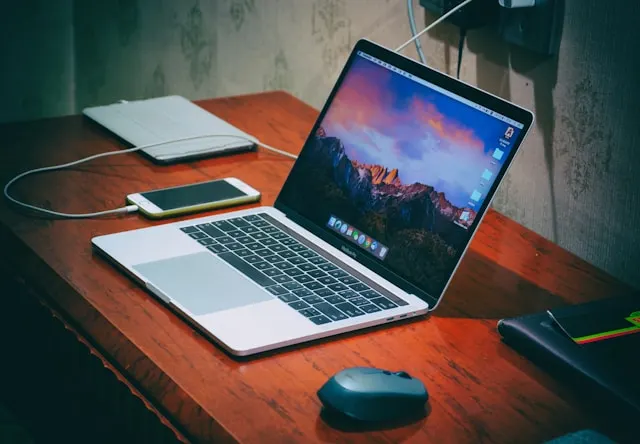WebP file was created to fasten the loading time across the internet by Google. The WebP format features less bulky images with a good image quality which gives a better user experience. Although WebP was launched a decade ago, it is still considered a relatively new format. Now Google is trying to push WebP format more and more as it wants to increase the loading, however it’s lack of popularity among non tech savvy people may be a problem.
Here we are going to talk about WebP format, what it is? How is it better than other formats? And if we can use WebP images in 2024.
What is a WebP file?

WebP was launched by Google as a part of its mission to make loading time as fast as possible. WebP format allows you to reduce the file size without losing its original quality as it is made for the web. This is a result of advanced compression modes like lossy and lossless. WebP is now considered a better alternative and far more efficient than the traditional formats such as JPEG and PNG. WebP format is able to reduce the size as it can sacrifice the non-essential details without losing much quality. The reduced size of files helps load web pages faster and helps them boost the accessibility to their audiences.
Is WebP Better Than JPEG and PNG?
In short, yes it is! WebP offers greater flexibility as it supports both lossy and lossless compression, so users can prioritize the image quality or size reduction as per their needs.
WebP also offers a greater compression excellence as it strikes a perfect balance between making a file size as small as possible while retaining the image quality to maximum. This offers a good visual quality as well as a faster loading time.
Can I Use WebP in 2024?
Yes, you can!
As WebP is relatively newer in the industry, not many people think it would be a perfect choice and they choose the traditional format instead.
However, WebP is now compatible with most of the web browsers including Apple’s Safari (as of 2020) which makes it a reliable choice. Although some of the older internet browsers such as Internet Explorer may not be compatible with the WebP where you will have to use either JPEG or PNG. But it is not actively used by most of the population so it might not be a problem.
Pros and Cons of WebP:
To further enhance the understanding of WebP format, here is the list of pros and cons of it:
Pros:-
Smaller file size: The biggest benefit of using WebP format is its smaller size than other formats like JPEG and PNG. You can see around 30% reduction in webP file size when compared to JPEG and PNG.
High Quality files: WebP format sacrifices the non essential details so that it can preserve the visual details to the maximum, this ensures higher quality than other image formats.Increased Page Loading Speed: As we have talked about this before, the smaller sized files take less time to load which greatly impacts the overall page loading time. This also ensures a better user experience and a reduced bounce rate.
Increased SEO Ranking: Google and other search engines prioritizes the web pages with lesser loading time and good quality content, which is why the WebP format can help in increasing the overall ranking of your page.
Minimum bandwidth cost: Bandwidth refers to the speed at which data is transferred from your server to the end users in a certain amount of time. So if the size of a file is small this would mean less data would be transferred from your server, this would mean less bandwidth cost.
Animation and alpha transparency: WebP also offers support for animation and alpha transparency which then contributes to more flexibility in displaying images.
Cons:-
Compatibility issues: one of the major drawbacks of WebP format is that it is not compatible with all software applications. However, more and more softwares is making sure to tackle this issue.
Potential quality loss: with such low compression, the quality of an image or file might affect a lot. This will affect the images with intricate details and textures. This issue can too be tackled with many image converters.
Patent issues: some users are wary of potential patent issues even though it has been released under BSD style license. Internet centric design: the usefulness of WebP is limited to web use only as it is solely designed for internet use.
Conversion challenges: the biggest con of WebP is the lack of its awareness among the users. Some people don’t know the right kind of tools to convert a file into WebP. Converting a large number of files may be time consuming too. However, WebP formatting is gaining a lot of popularity these days which opens more doors for people to learn and master its conversion.
How do we convert JPEG and PNG to WebP?
There are so many image converter and optimization tools available on the web which allow you to convert the JPEG and PNG files to WebP format.
One such image converter tool is Tinify’s new image converter! This platform allows you to upload your files in JPEG and PNG format and convert them into WebP in a very easy manner. You can simply drop your file and receive the WebP format files within a small amount of time (depending on the size of the uploaded image).
Conclusion
Here is everything you wanted to know about WebP and its relevance in today’s time and age. Even though WebP was launched in 2010, it is still considered a relatively new format, however times are changing and it is replacing the traditional formats such as JPEG and PNG quickly. Hope we have answered all your questions here.

